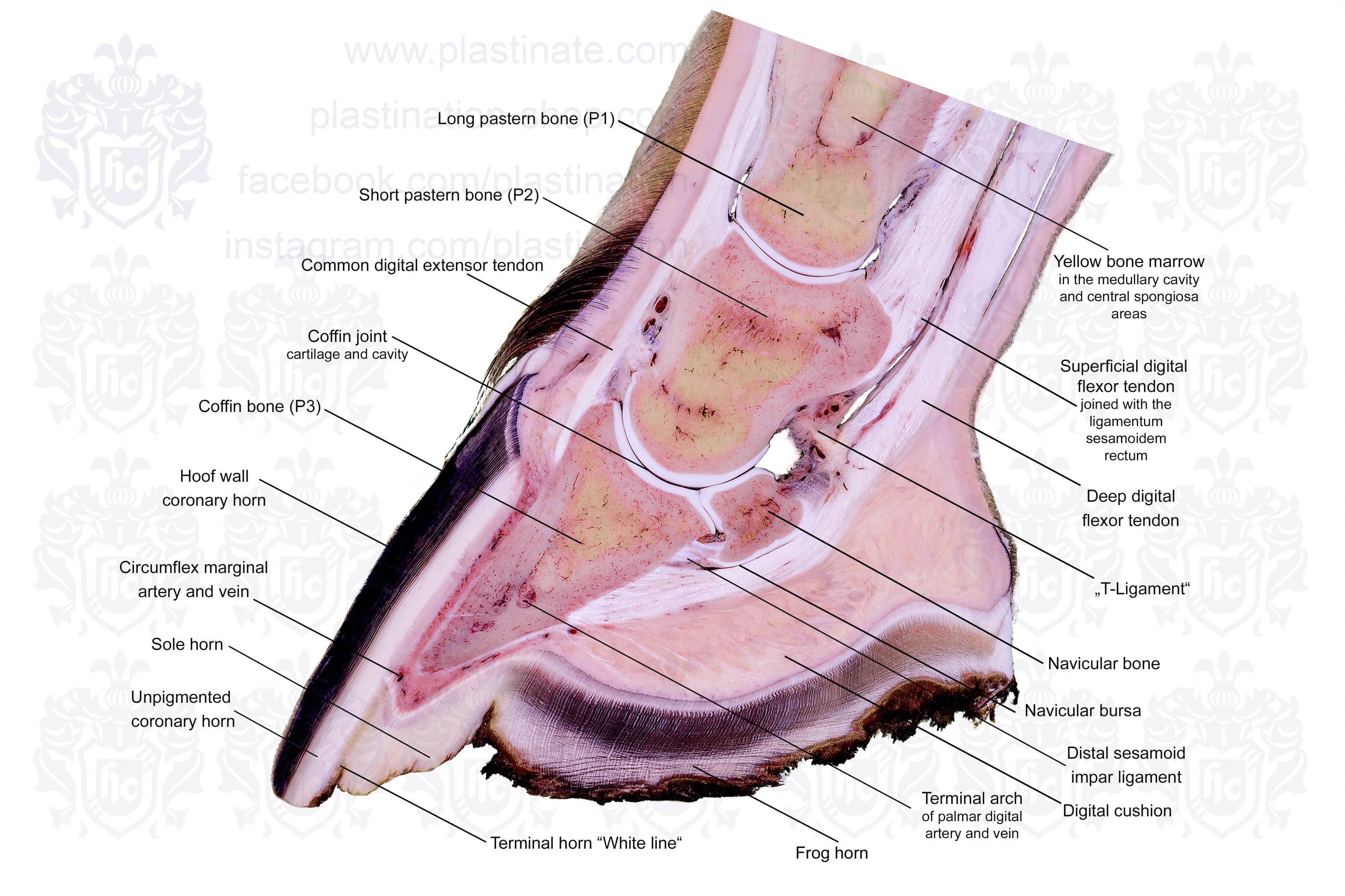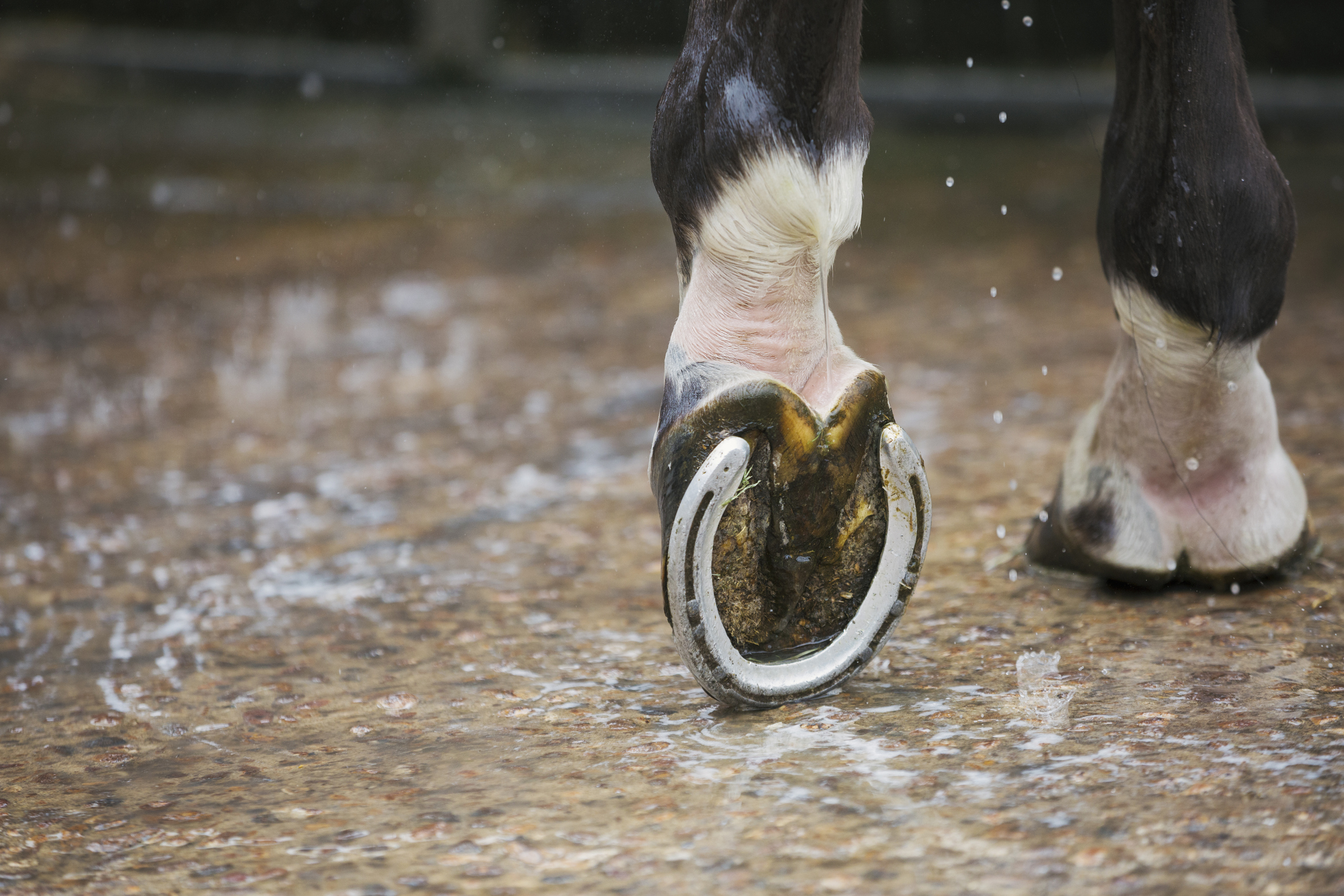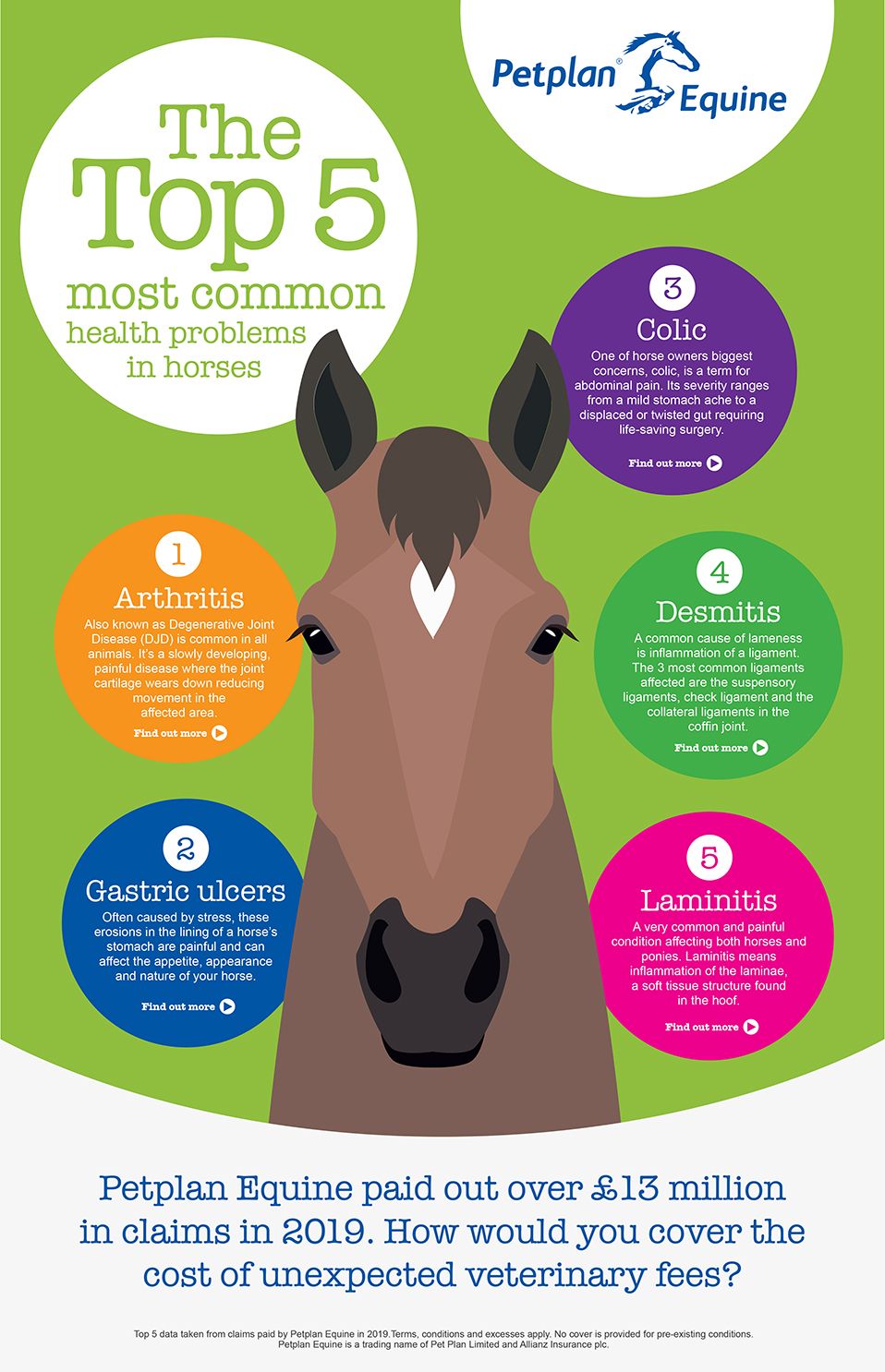Understanding the complexities of horse hoof anatomy and its functions is pivotal for the proper care and management of these majestic creatures. Horse hooves are marvels of natural engineering, designed to support and propel their bodies with remarkable efficiency. In this comprehensive guide, we will delve into the intricacies of how horse hooves work, ensuring that equine enthusiasts and caretakers are well-equipped with the knowledge to maintain their horse’s health and performance.
How do horse hooves work? Essentially, they function as the foundation for a horse’s mobility and overall health. Here’s a brief overview:
- They absorb and dissipate shock when a horse’s foot strikes the ground.
- The hoof structure supports up to three times the horse’s weight.
- Composed of keratin, hooves protect the horse’s feet, just as nails do for humans.
- Hooves contribute to blood circulation and serve as sensory tools for the horse.
Delving Deeper into Equine Hoof Structure

The equine hoof is a testament to biological precision, showcasing a balance between durability and refinement. Our focus on the detailed aspects of horse hoof anatomy enhances our understanding of its essential role in a horse’s well-being. By examining the different layers and features, we gain insight into the evolution of this exceptional appendage.
Unveiling the Hoof’s Complex Layers
A detailed examination of the hoof reveals multiple components, each serving a unique function:
- The periople, near the top of the hoof, acts as a shield against the elements.
- The horny laminae securely bond the inner structures to the hoof wall.
- The white line delineates the meeting point of the sole and wall, aiding in energy dissipation upon impact.
- Complex vascular and nervous systems within the hoof are crucial for nutrient delivery and sensation.
Insights on Hoof Dynamics and Health
The equine hoof’s capabilities extend beyond its rigid appearance, showcasing a dynamic system that encompasses protection, growth stimulation, and nutrient support. The hoof’s interaction with the ground encourages circulation, vital for maintaining tissue health and hoof integrity.
Deciphering Hoof Dynamics
The functionality of the hoof is a marvel of natural design, where each component plays a role in diffusing the stresses of movement:
- The coronet is instrumental in generating new hoof material.
- Collateral grooves provide the frog with flexibility and traction.
- The hoof’s bars, as continuations of the wall, are integral to load bearing and shock mitigation.
Effective hoof care is a continuous endeavor that requires knowledge and skill. The natural growth of the hoof necessitates regular maintenance to preserve the horse’s comfort and agility.
Equine Hoof Growth: A Delicate Balance
The consistent growth of the hoof wall influences the horse’s posture and stability. Periodic trimming is essential to sustain the hoof’s geometry and the pastern’s alignment, which is critical to preventing stress on the musculoskeletal system and avoiding potential injuries.
A comprehensive understanding of horse hoof anatomy and its functionality is indispensable for those dedicated to equine care. Mastery of hoof mechanics is critical for a horse’s movement and athletic capacity. By studying each hoof structure component, caretakers can ensure the longevity and vitality of these splendid animals.
Enhancing Horse Hoof Care Practices

To nurture and extend the life of equine hooves, a comprehensive approach to hoof care is vital. This includes a combination of professional maintenance, a well-considered diet, an environment suitable for hoof health, and exercise tailored to the horse’s needs. Through the integration of these elements, horse owners can elevate the standard of hoof care and stave off lameness, enriching the horse’s health.
Integral Hoof Care Routines
Promoting hoof health requires consistent upkeep, which includes examining the hooves for any signs of abnormality or disease. A farrier’s expertise is needed every six to eight weeks for trimming to ensure proper hoof condition, which is essential for the animal’s equilibrium and movement. Daily cleaning of hooves is also crucial to ward off any infections, with early detection being key to effective treatment.
Adapting to the Hoof’s Environmental Needs
Hoof condition is closely linked to the horse’s surroundings. Fluctuations in moisture can result in hoof deterioration. Key actions to manage this include:
- Ensuring adequate drainage in living quarters to eliminate excess water
- Applying hoof treatments to help sustain appropriate moisture levels
- Choosing bedding that minimizes moisture retention
Boosting Hoof Health with Proper Nutrition
A balanced diet is a cornerstone of maintaining sturdy hooves. Nutrients like biotin, omega-3 fatty acids, and essential amino acids play a significant role in the development of robust keratin. A diet catering to these needs, possibly augmented with hoof-supportive supplements, can greatly enhance hoof condition. It’s important to seek advice from professionals to customize nutrition plans.
Exercise’s Influence on Hoof Well-being
Regular activity aids in stimulating blood flow and hoof growth. Thoughtfully designed exercise regimens can strengthen hooves and help avert common issues. Varying the walking surfaces can encourage natural hoof wear, but care should be taken to avoid excessive strain that could harm the hooves.
Addressing Hoof Complications
Even with meticulous care, hoof problems can arise. Prompt identification and treatment of these conditions are essential for mitigating long-lasting damage. Here are some common issues and their remedies:
- Thrush: Identified by an unpleasant smell and dark discharge, this bacterial infection is treated with meticulous cleaning and antiseptic applications.
- Hoof Cracks: These fissures may be surface-level or profound and require treatments ranging from trimming to specialized shoeing for stabilization.
- Laminitis: This acute affliction of the laminae demands immediate veterinary attention, along with specific shoeing and diet control.
For optimal hoof care, a combined effort from the farrier and veterinarian is crucial to formulate a comprehensive treatment strategy that addresses underlying causes and promotes recovery.
Proactive Hoof Care Initiatives
Proactive measures in hoof maintenance can prevent numerous hoof-related diseases. Routine farrier appointments and owner examinations are essential for the early identification of hoof irregularities. Preventative actions like using protective coatings or boots on challenging terrains further shield the hooves from potential harm.
Commitment to thorough and regular hoof care practices significantly aids in enhancing the horse’s performance, longevity, and overall well-being.
Insights into the Dynamics of Hoof Development in Horses

The continuous regeneration and repair of a horse’s hooves are integral to their well-being and mobility. By exploring the stages and influences on hoof development, we can better understand how to support this crucial aspect of equine health.
Stages of Hoof Development
Hoof development begins at the coronet band and involves a cycle of growth that includes:
- Cell generation at the coronet band
- Descent of the hoof wall
- Transformation into hardened keratin
- Natural abrasion through everyday activities
This cycle ensures that hooves remain in good condition for performance and locomotion.
Elements Influencing Hoof Development
Diverse factors can affect the rate and health of hoof development:
- Breed-specific traits: Differences in hoof growth rates and resilience may be attributed to genetic predispositions.
- Dietary components: Vital nutrients are necessary for hoof cell renewal and robustness.
- Physical activity: Frequent exercise facilitates vascular health and hoof growth.
- Habitat and weather: Conditions such as moisture levels and terrain impact hoof quality.
- Seasonal variations: Changes in weather and daylight can influence growth rhythms.
Diet and Hoof Development
Proper nutrition is essential for hoof health, with key nutrients including:
- Vitamins A, E, and the B-complex
- Minerals like zinc, copper, and selenium
- Protein’s fundamental components, amino acids
These elements contribute to the formation of resilient keratin and facilitate growth-related metabolic activities.
How Environment Affects Hoof Development
Equine habitats and climates play a role in hoof growth and health:
| Environmental Aspect | Effect on Hoof Development |
|---|---|
| Moisture Levels | Excessive moisture can lead to hoof softening, while insufficient moisture might result in dryness and fissures. |
| Ambient Temperature | Temperature extremes may reduce growth rates or cause expansion and contraction, potentially creating structural problems. |
| Varied Terrains | Diverse ground conditions can either naturally trim or unevenly wear the hoof, influencing the symmetry of growth. |
Role of Physical Activity in Development
Regular physical activity not only supports overall equine health but is also pivotal for hoof development. Movement enhances circulation to the hooves, delivering necessary nutrients and oxygen for growth.
Guidelines for Hoof Development Management
Proactive management of hoof development is crucial for averting and resolving potential concerns. Caretakers should:
- Keep track of hoof growth rates and monitor for abnormalities
- Examine hooves for health issues or impairments that could affect growth
- Work with equine nutritionists to refine diets for hoof health optimization
Through vigilant support of the hoof development process, horse caretakers can help maintain their charges’ soundness and agility for the long haul.
Progress in Equine Podiatry and Hoof Care

Equine podiatry is a dynamic field that has seen significant advancements, with professionals utilizing a fusion of time-honored methods and scientific innovation to address hoof health. This branch of veterinary science is particularly crucial for competitive horses, demanding precise hoof management to sustain their athletic prowess.
Roles of Equine Podiatry Specialists
Specialists in equine podiatry are dedicated to preserving and enhancing hoof health, often working in conjunction with veterinarians and farriers to offer a comprehensive approach to hoof management. They employ sophisticated diagnostic measures, such as gait analysis, to establish individualized treatment regimens.
Innovative Approaches to Hoof Maintenance
With the progression of equine podiatry, various novel methodologies and treatments have been developed to fortify hoof health and performance. Innovations include:
- State-of-the-art imaging technologies for detailed analysis of hoof internal structures
- Enhanced hoof support materials
- Tailor-made orthotic solutions to address structural hoof issues
Shoeing Advancements
Contemporary shoeing techniques are vital to hoof care, with equine podiatrists introducing groundbreaking shoeing alternatives that cater to specific hoof care needs. Such advancements encompass:
- Impact-dissipating footwear to lessen stress on the hooves and leg joints
- Adhesive shoes that provide options for horses with compromised hoof walls
- Specialized therapeutic shoes for conditions such as navicular syndrome or laminitis
Supplemental Nutrition and Hoof Treatments
Specific nutritional supplements are often suggested by equine podiatrists to promote hoof integrity and growth. Topical applications are also employed to combat challenges like hoof fissures or moisture imbalance, aiding in maintaining a robust external hoof structure.
Contemporary Therapeutic Techniques
Therapeutic interventions in the realm of equine podiatry now include an assortment of treatments aimed at fostering recovery and hoof health, such as:
- Laser treatments to encourage healing and alleviate inflammation
- Water-based therapies to boost circulation
- Regenerative medicine, including stem cell therapy, for tissue restoration
Personalized Hoof Care Plans
Recognizing the distinctiveness of each horse’s hooves, equine podiatrists apply a tailored approach to hoof care, taking into account the horse’s activity level, living conditions, and health status to formulate the most beneficial care plan.
As equine podiatry progresses, its practitioners remain dedicated to discovering and integrating cutting-edge treatments and technologies into their care protocols, ensuring the well-being and competitive edge of horses in various equestrian disciplines.
The Biomechanics Influencing Equine Movement
The biomechanics of hoof balance are integral to the grace and power of equine movement. Hooves serve as the primary point of contact with the ground, requiring resilience to endure pressure and flexibility for shock absorption and traction. This section examines the factors contributing to hoof balance and the importance of regular maintenance in promoting optimal movement.
Factors Crucial for Balanced Hooves
Proper hoof balance is essential for even weight distribution, allowing for a smooth gait and minimizing limb strain. Elements that contribute to a balanced hoof include:
- Aligning the hoof wall angle with the pastern.
- Ensuring that the hoof strikes the ground uniformly from side to side.
- Optimizing toe length and heel height to affect the horse’s stride and joint pressure.
Significance of Natural Hoof Wear
Natural wear patterns provide insights into a horse’s gait and potential issues, such as:
- Asymmetrical wear indicating balance issues that could impact movement.
- Localized overwear which might highlight compensatory movements due to discomfort.
- Consistent wear suggesting proper hoof alignment and efficient movement.
Farrier’s Contributions to Enhancing Equine Mobility
A farrier’s expertise is vital in maintaining hoof balance and facilitating smooth locomotion. Farriers perform tasks such as:
- Trimming the hoof to realign with the pastern’s axis.
- Choosing appropriate shoes based on the horse’s conformation and activity.
- Collaborating with veterinarians for corrective shoeing to address gait concerns.
These practices are essential for ensuring a horse’s comfort and performance capabilities.
Examining Hoof Dynamics During Movement
The gait cycle encompasses complex muscle, tendon, and hoof coordination. The hoof experiences loading, where it absorbs impact, and unloading, where it propels the horse forward. Proper hoof care supports these critical phases, aiding in a fluid gait.
Influence of Terrain on Hoof Health
Diverse terrains impart different forces on hooves, affecting their balance and wear. Various ground conditions can lead to unique wear patterns, necessitating tailored hoof care approaches to maintain effective movement across different settings.
Proactive Strategies for Gait and Hoof Health
Preventive management is key to upholding a balanced gait and hoof health. Strategies include:
- Routine farrier visits for maintenance.
- Observing the hooves for unusual wear or damage.
- Modifying workload or terrain exposure to avert overuse injuries.
Such measures help in preserving a natural and balanced gait, contributing to the horse’s longevity and athletic prowess.
Ultimately, recognizing the interdependent relationship between hoof health, hoof balance and movement, and proactive care is essential for the biomechanical efficiency of horses. Regular assessments and care by professionals support the powerful strides that epitomize equine locomotion.
Understanding the intricacies of equine anatomy is essential for every rider and horse enthusiast. Horse hooves, in particular, play a pivotal role in their overall health and mobility. If you’re intrigued by how these magnificent animals manage to run with such grace, you might want to explore our detailed explanation in the article on how horses run. Additionally, horseback riding is not just a leisure activity, but also a form of exercise that targets specific human muscles. Learn which muscles you engage while riding by checking out our guide on what muscles horse riding works. And for the horse owners out there, maintaining your horse’s hooves is crucial. Our step-by-step tutorial on how to trim horse hooves could be invaluable for ensuring the health and performance of your equine companion.
The Role of Keratin in Horse Hooves
Structure and Composition of Keratin
Keratin is the primary protein that makes up the horse’s hooves, providing strength and resilience. The structural integrity of the hoof relies on high-quality keratin to protect and support the horse’s weight.
Impact of Diet and Environment on Keratin Quality
The quality of keratin in horse hooves is affected by diet and environmental conditions. Adequate nutrition and a suitable living environment ensure that the keratin remains robust, promoting healthy hoof growth and function.
In conclusion, the horse hoof is an intricate and vital part of equine anatomy that requires careful attention and knowledge to maintain. Understanding horse hoof anatomy, equine hoof function, hoof mechanics, and the importance of keratin is essential for any horse owner or caretaker. By adhering to best practices in horse hoof care, monitoring the hoof growth process, and staying informed about advances in equine podiatry, one can ensure that their horse enjoys optimal health and performance. With proper care and management, hooves will continue to serve as the foundation of horse locomotion, enabling these graceful animals to run, jump, and stride into the hearts of those who admire them.



